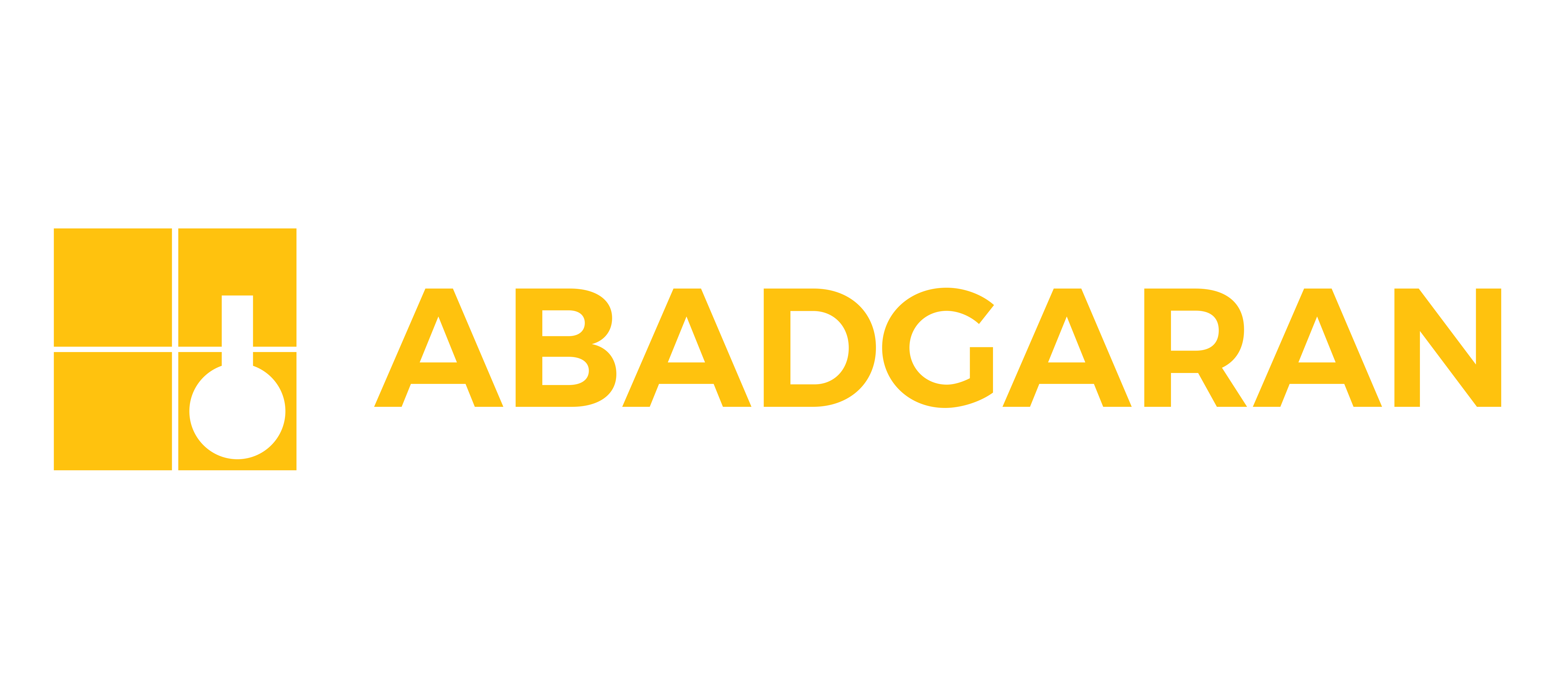
Please wait, loading...

Please wait, loading...

![]()

The process of bonding fresh concrete to hardened concrete is a critical step in ensuring structural integrity and long-term durability in construction projects. This process is especially important in strengthening, repairing, and building composite structures. Among the various types of adhesives available, epoxy and latex concrete adhesives are widely used due to their performance and versatility. This guide, based on the ACI 548.11R standard, explores the applications of epoxy and latex concrete adhesives for bonding new concrete to existing surfaces, and outlines key considerations and best practices for engineers.

Epoxy Concrete Adhesive
Epoxy concrete adhesives are thermosetting polymers known for their exceptional bonding strength, chemical resistance, and long-lasting performance. These adhesives consist of a resin and a hardener, which chemically react to form a high-strength bond capable of withstanding substantial loads. Epoxy adhesives are especially useful where a strong and durable bond is needed between concrete phases or between concrete and other materials like steel.

Latex Concrete Adhesive
Latex concrete adhesives are typically made from a mix of polymers and water. While they are more flexible and offer lower mechanical strength compared to epoxy, they provide excellent adhesion and are easy to use. These adhesives are ideal in environments where some degree of movement or flexibility is expected. Latex adhesives are often used to bond fresh concrete to hardened concrete in applications subject to thermal expansion, contraction, or minor structural movement.

Applications of Epoxy and Latex Concrete Adhesives
1. Bonding Fresh Concrete to Hardened Concrete
One of the most common uses of both epoxy concrete adhesive and latex-based adhesive is to bond a new layer of concrete to an existing hardened surface. This is essential in overlay systems, surface repairs, or when adding new structural elements to an existing infrastructure.
2. Repair and Strengthening
In retrofitting projects, epoxy and latex adhesives are often used to bond new concrete elements to old ones, enhancing the strength and stability of the structure.
3. Section Enlargement
Both epoxy and latex adhesives are utilized in section enlargement works aimed at increasing the load-bearing capacity of existing concrete structures.
Practical Considerations
1. Surface Preparation
Surface preparation is critical for achieving a strong bond between adhesive and concrete.

2. Mixing and Application
Proper mixing of adhesive components is vital for performance.
3. Curing Time and Conditions
Proper curing ensures long-term bond strength.
Note: Epoxy adhesives are highly sensitive to temperature during application and curing. Extreme temperatures can affect the curing process and weaken the bond. While latex adhesives are more temperature-tolerant, environmental conditions still matter for optimal performance.
Final Thoughts
Epoxy and latex concrete adhesives play vital roles in civil engineering and construction, providing reliable solutions for bonding new and old concrete. By understanding their properties, applications, and best practices, engineers and construction professionals can ensure that their projects achieve the required strength, durability, and performance. Choosing and applying the correct adhesive not only enhances structural integrity but also contributes to the long-term success of the project.